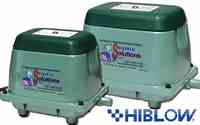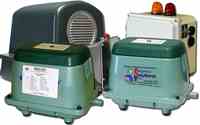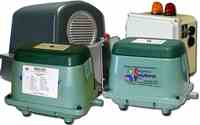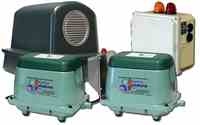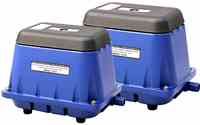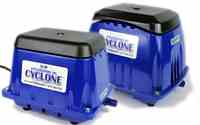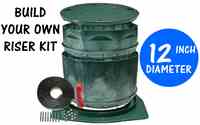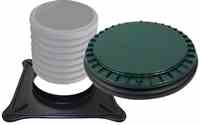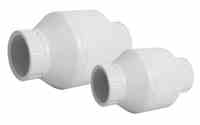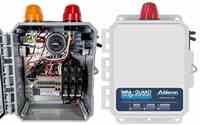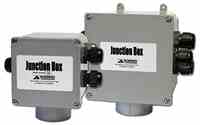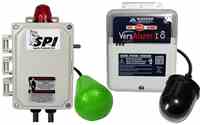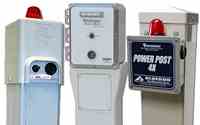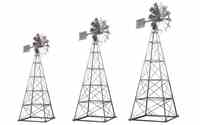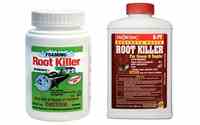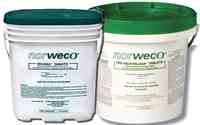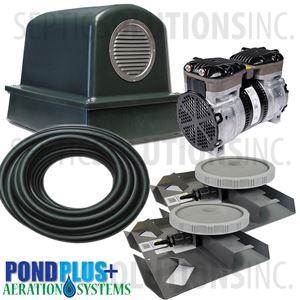A Guide to Aerating a Pond
Aeration is widely considered the single most important step in maintaining a healthy pond. Adding an aerator system to your pond or lake can provide many key benefits including increased fish activity and populations, clearer water conditions, reduced algae, weeds, and muck, as well as preventing icing over of the pond during winter. These added benefits of aeration will ensure you have a happy, healthy pond all year round! Diffused aeration systems increase the natural levels of oxygen in ponds by delivering oxygen to the pond bottom where it is needed most.
TYPES OF AERATION
Bottom Diffused Aeration
Bottom aeration is widely regarded as the most effective way to add aeration to your pond. Bottom aeration utilizes an air compressor that sits on the shore, self-sinking airline that lays on the bottom of the pond, and a weighted diffuser that introduces oxygen from the floor of the pond. There are many benefits to a bottom aeration setup that include no electricity or wires in the water, oxygen is introduced at the bottom of the pond where it is most used and needed, and the pond floor level mounted diffuser creates a boiling action that helps with circulation and prevents water stratification in the water column.
All of our PondPlus+ PO2 systems are bottom diffused pond aeration systems.
Windmill Aerators
Windmill aerators are another form of bottom diffused aeration, but instead of using an electrical air pump to produce airflow to the diffuser in the bottom of the pond, a windmill is used to drive a diaphragm that produces the airflow.
Windmills are perfect for ponds where there is no access to electricity. Our Becker Windmill line can produce airflow to a bottom diffuser in winds as little as 5 miles per hour.
Surface Aerators and Decorative Fountains
Fountains are a popular choice when decorative looks are desired. Many different spray patterns are available to create an aesthetically pleasing look while also creating circulation and aeration. Fountains create good water movement at the pond’s surface and are helpful in keeping pollen, duckweed, watermeal, and other surface debris under control.
For maximum water quality management, we recommend utilizing a bottom aeration system in conjunction with a surface fountain.
CHOOSING THE RIGHT AERATION SYSTEM FOR YOUR POND
 In order to determine which bottom aeration system is best for your pond you will need to consider the surface area size of the pond, the depth of the pond, and the shape of the pond.
In order to determine which bottom aeration system is best for your pond you will need to consider the surface area size of the pond, the depth of the pond, and the shape of the pond.
Pond Depth and Surface Area Size
The deeper an air diffuser is placed the more effective the oxygen transfer to the pond’s water column will be. For instance, a system in shallow 5 feet of water may only be effective for 1/2 acre while the same system in deeper water of 15 to 20 feet may be effective at aerating up to 1-1/2 acre. This is largely due to the fact that the amount of time the air bubbles spend traveling through the water column and transferring oxygen is greater the deeper the diffuser is located. A deeper diffuser location also means that the air bubbles spread out over a larger surface area as they boil to the surface.
In general, higher air flows from the air pump and more diffuser placements are needed at shallower depths, while that same amount of airflow in a much deeper pond will cover a much larger surface area with less diffuser placements.
Pond Shape
The pond’s shape affects the number of diffusers needed to adequately provide aeration. A round pond may be fine with a single diffuser directly in the middle, while a narrow / elongated pond of the same surface area size may require multiple diffuser placements in order to better distribute the aeration throughout the pond.

PondPlus+ PO2 Aeration Systems
Our PondPlus+ PO2 Aeration Systems are pre-packaged and come complete with everything you need to aerate your pond. We also offer custom systems if any of our pre-packaged options do not fit your needs.
There are three main factors that you must account for when choosing one of our PondPlus+ systems. These factors are:
- Pond Size (surface area)
- Pond Depth
- Number of Diffusers Needed
On each PondPlus+ PO2 system at this link we list what the system is capable of aerating in regards to surface size, depth, and how many diffusers each comes with. If you have further questions about which package is best for you pond, give us a call at 877-925-5132!
Pond Mapping
Our customer service team can pull up a satellite view of your pond with an address on Google Earth. This allows us to take measurements for you to determine factors such as surface area size, the number of diffusers needed based on the pond’s shape, and the amount of weighted airline needed. If you would like us to perform this service for you, send us an email at sales@septicsolutions.com with the address location of the pond along with details on the depth of the pond.
BENEFICIAL BACTERIA – The Perfect Aeration Companion
The older a pond gets, the poorer the water quality. Beneficial bacteria help reduce the muck or sludge build-up on the bottom that occurs when fish waste, leaves, dead weeds / algae, runoff, etc begin to build up. Use our beneficial bacteria products for improved water quality, reduced odors, improved oxygen levels, and a better environment for aquatic life!
- Pond-Vive Bacteria Treatment - This blend of enzymes and beneficial bacteria are formulated to help improve water quality and reduce sludge in ponds. The Pond-Vive bacteria treatment comes in water soluble packets for extremely easy application over the entire pond!
- Sludge Remover Pellets - This blend of enzymes and beneficial bacteria are packed into pellet form. The pellets rapidly sink to the bottom to help fight the muck and sludge. This is best use for spot treatments such as areas near beaches or docks.


